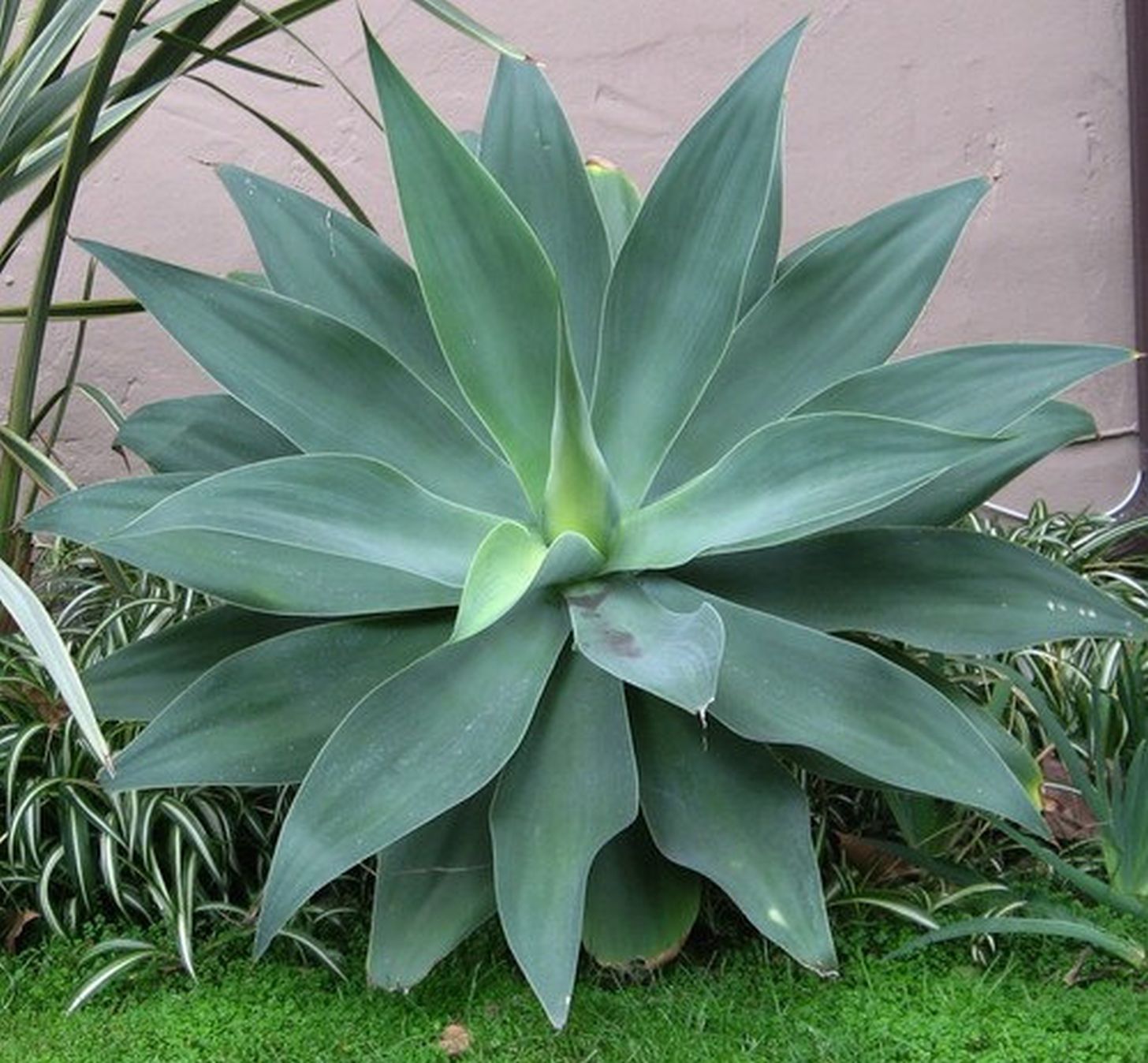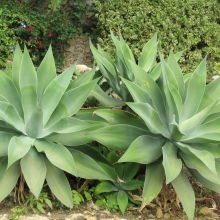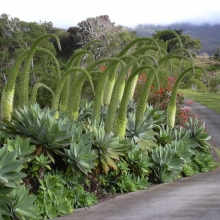Categories
- Hedge Plant Discount
- Azalea, Camellia, Rhododendron
- Bamboos
- Balcony, Winter Garden
- Shrubs
- Trees
- Timber and Wood
- Perennials, Grasses
- Conifers
- Fig (Ficus carica)
- POMEGRANATE
- Herbs
- Fruitful Hedges
- Fruit Plants
- Discount Packets
- Climbers
- Oleander
- Breeding program
- Evergreen Shrubs
- Palms
- Succulents
- Hedge Plants
- Grapes
- Ground Covering Plants
- Novelties
- Planting Substrate, Supplies
- All Products










